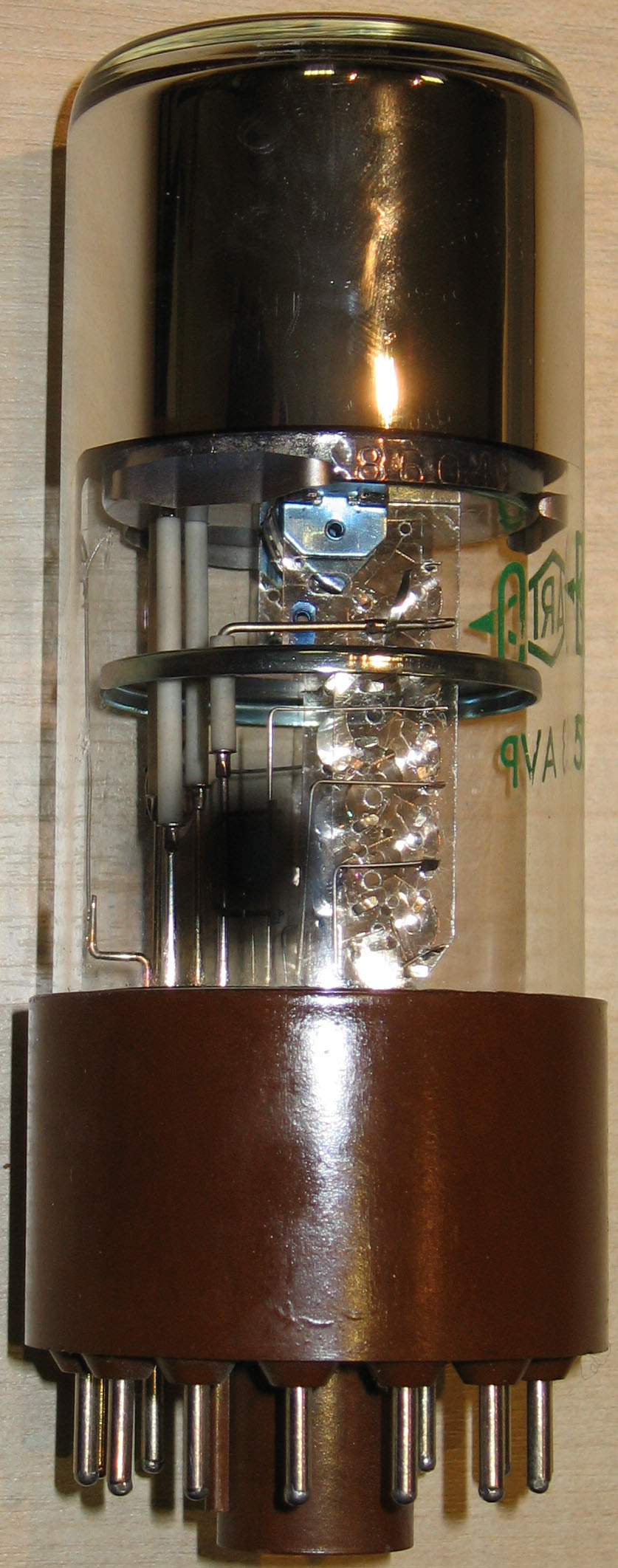Login without password: askubuntu.com/questions/915585/how-to-login-mysql-shell-when-mysql-have-no-passwordworks on Ubuntu 20.10.
sudo mysqlCreate user for further logins without
sudo askubuntu.com/questions/915585/how-to-login-mysql-shell-when-mysql-have-no-password/1325689#1325689:sudo mysql -e "CREATE USER $USER"Run command from CLI stackoverflow.com/questions/1602904/how-do-you-run-a-single-query-through-mysql-from-the-command-line
mysql -e 'SHOW DATABASES'Create test user with password:and login as that user:Login with password given on the command line:The
sudo mysql -e 'CREATE USER user0 IDENTIFIED WITH mysql_native_password BY "a"'
sudo mysql -e 'GRANT ALL PRIVILEGES ON database_name.* TO "user0"'mysql -u user0 -pmysql -u user0 -pmypasswordIDENTIFIED WITH mysql_native_password part is to overcome "Client does not support authentication protocol requested by server" when connecting from Node.js.List users:
sudo mysql -e 'SELECT * FROM mysql.user'View permissions for each user on each DB: serverfault.com/questions/263868/how-to-know-all-the-users-that-can-access-a-database-mysql
sudo mysql -e 'SELECT * FROM mysql.db'List databases:
sudo mysql -e 'SHOW DATABASES'Create database:
sudo mysql -e 'CREATE DATABASE mydb0'Destroy database:
sudo mysql -e 'DROP DATABASE mydb0'Basic component in spintronics, used in both giant magnetoresistance
Bibliography:
- en.wikipedia.org/wiki/Speed_of_light#First_measurement_attempts Rømer and Christiaan Huygens reached 26% accuracy by the observation of Jupiter's moon!
Can we make any ab initio predictions about it all?
A 2016 paper: aip.scitation.org/doi/abs/10.1063/1.4948309
These are also required for test tube replication.
Quantum Mechanical View of Reality by Richard Feynman (1983) by  Ciro Santilli 37 Updated 2025-07-16
Ciro Santilli 37 Updated 2025-07-16
Sample playlist: www.youtube.com/playlist?list=PLW_HsOU6YZRkdhFFznHNEfua9NK3deBQy
Basically the same content as: Richard Feynman Quantum Electrodynamics Lecture at University of Auckland (1979), but maybe there is some merit to this talk, as it is a bit more direct in some points. This is consistent with what is mentioned at www.feynman.com/science/qed-lectures-in-new-zealand/ that the Auckland lecture was the first attempt.
Some more information at: iucat.iu.edu/iub/5327621
By Mill Valley, CA based producer "Sound Photosynthesis", some info on their website: sound.photosynthesis.com/Richard_Feynman.html
They are mostly a New Age production company it seems, which highlights Feynman's absolute cult status. E.g. on the last video, he's not wearing shoes, like a proper guru.
Feynman liked to meet all kinds of weird people, and at some point he got interested in the New Age Esalen Institute. Surely You're Joking, Mr. Feynman this kind of experience a bit, there was nude bathing on a pool that oversaw the sea, and a guy offered to give a massage to the he nude girl and the accepted.
youtu.be/rZvgGekvHest=5105 actually talks about spin, notably that the endpoint events also have a spin, and that the transition rules take spin into account by rotating thing, and that the transition rules take spin into account by rotating things.
Fixed quantum angular momentum in a given direction.
Can range between .
The z component of the quantum angular momentum is simply:so e.g. again for gallium:
- s-orbitals: necessarily have 0 z angular momentum
- p-orbitals: have either 0, or z angular momentum
Note that this direction is arbitrary, since for a fixed azimuthal quantum number (and therefore fixed total angular momentum), we can only know one direction for sure. is normally used by convention.
The people who work on this will go straight to heaven, no questions asked.
Can be used to detect single photons.
Richard Feynman likes them, he describes the tube at Richard Feynman Quantum Electrodynamics Lecture at University of Auckland (1979) at one point.
It uses the photoelectric effect multiple times to produce a chain reaction. In particular, as mentioned at youtu.be/5V8VCFkAd0A?t=74 from Video 1. "Using a Photomultiplier to Detect single photons by Huygens Optics" this means that the device has a lowest sensitive light frequency, beyond which photons don't have enough energy to eject any electrons.
As of 2021, their location is a small business park in Haywards Heath, about 15 minutes north of Brighton[ref]
Funding rounds:
- 2022:
- 67m euro contract with the German government: www.uktech.news/deep-tech/universal-quantum-german-contract-20221102 Both co-founders are German. They then immediatly announced several jobs in Hamburg: apply.workable.com/universalquantum/?lng=en#jobs so presumably linked to the Hamburg University of Technology campus of the German Aerospace Center.
- medium.com/@universalquantum/universal-quantum-wins-67m-contract-to-build-the-fully-scalable-trapped-ion-quantum-computer-16eba31b869e
- 2021: $10M (7.5M GBP) grant from the British Government: www.uktech.news/news/brighton-universal-quantum-wins-grant-20211105This grant is very secretive, very hard to find any other information about it! Most investment trackers are not listing it.The article reads:Interesting!
Universal Quantum will lead a consortium that includes Rolls-Royce, quantum developer Riverlane, and world-class researchers from Imperial College London and The University of Sussex, among others.
A but further down the article gives some more information of partners, from which some of the hardware vendors can be deduced:The consortium includes end-user Rolls-Royce supported by the Science and Technology Facilities Council (STFC) Hartree Centre, quantum software developer Riverlane, supply chain partners Edwards, TMD Technologies (now acquired by Communications & Power Industries (CPI)) and Diamond Microwave
- Edwards is presumably Edwards Vacuum, since we know that trapped ion quantum computers rely heavily on good vacuum systems. Edwards Vacuum is also located quite close to Universal Quantum as of 2022, a few minutes drive.
- TMD Technologies is a microwave technology vendor amongst other things, and we know that microwaves are used e.g. to initialize the spin states of the ions
- Diamond Microwave is another microwave stuff vendor
www.riverlane.com/news/2021/12/riverlane-joins-7-5-million-consortium-to-build-error-corrected-quantum-processor/ gives some more details on the use case provided by Rolls Royce:The work with Rolls Royce will explore how quantum computers can develop practical applications toward the development of more sustainable and efficient jet engines.This starts by applying quantum algorithms to take steps to toward a greater understanding of how liquids and gases flow, a field known as 'fluid dynamics'. Simulating such flows accurately is beyond the computational capacity of even the most powerful classical computers today.This funding was part of a larger quantum push by the UKNQTP: www.ukri.org/news/50-million-in-funding-for-uk-quantum-industrial-projects/ - 2020: $4.5M (3.5M GBP) www.crunchbase.com/organization/universal-quantum. Just out of stealth.
Co-founders:
- Sebastian Weidt. He is German, right? Yes at youtu.be/SwHaJXVYIeI?t=1078 from Video 3. "Fireside Chat with with Sebastian Weidt by Startup Grind Brighton (2022)". The company was founded by two Germans from Essex!
- Winfried Hensinger: if you saw him on the street, you'd think he plays in a punk-rock band. That West Berlin feeling.
Homepage points to foundational paper: www.science.org/doi/10.1126/sciadv.1601540
Universal Quantum emerges out of stealth by University of Sussex (2020)
Source. Explains that a more "traditional" trapped ion quantum computer would user "pairs of lasers", which would require a lot of lasers. Their approach is to try and do it by applying voltages to a microchip instead.- youtu.be/rYe9TXz35B8?t=127 shows some 3D models. It shows how piezoelectric actuators are used to align or misalign some plates, which presumably then determine conductivity
Quantum Computing webinar with Sebastian Weidt by Green Lemon Company (2020)
Source. The sound quality is to bad to stop and listen to, but it presumaby shows the coding office in the background.Fireside Chat with with Sebastian Weidt by Startup Grind Brighton (2022)
Source. Very basic target audience:- youtu.be/SwHaJXVYIeI?t=680 we are not at a point where you can buy victory. There is too much uncertainty involved across different approaches.
- youtu.be/SwHaJXVYIeI?t=949 his background
- youtu.be/SwHaJXVYIeI?t=1277 difference between venture capitalists in different countries
- youtu.be/SwHaJXVYIeI?t=1535 they are 33 people now. They've just setup their office in Haywards Heath, north of Bristol.
There are unlisted articles, also show them or only show them.
